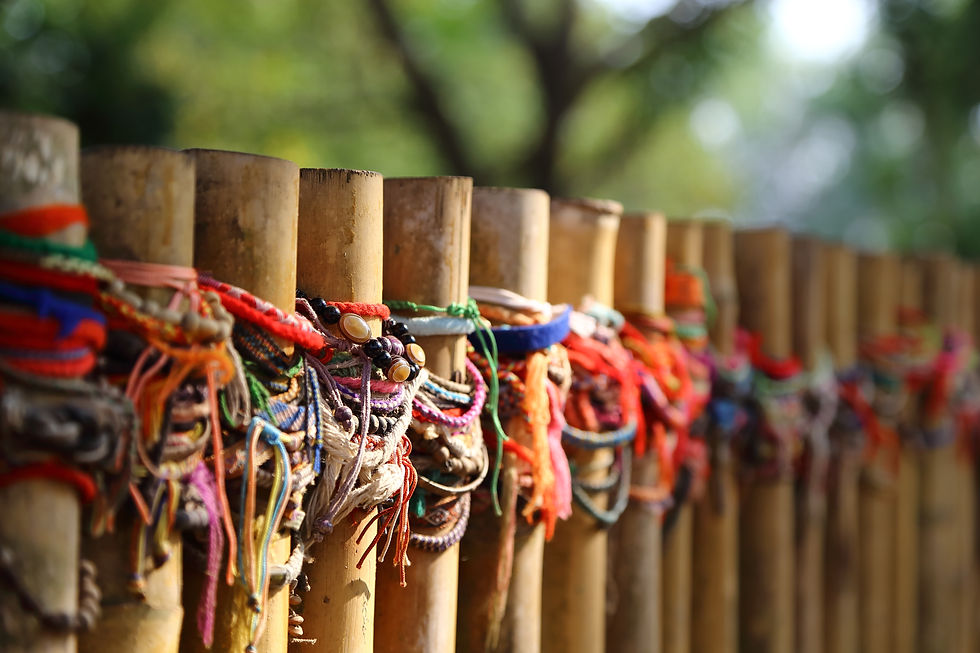
There is an old adage that states “If you do not know where you are coming from, you do not know where you are going.” This statement looks simple but holds true to life and therefore, makes it quite profound. It is our knowledge of the past that keeps us from repeating the same mistakes and equips us in making better decisions going forward. It is in knowing our history that we will be able to understand the world we live in and appreciate current events. However, most importantly, we can use it to make sense of our lives and evolve as individuals and a nation. All this is true because history is reflective in nature. Therefore, no man who truly reflects upon the past will remain untouched or unchanged.
However, not all history is glamorous or even beautiful. In fact, whether it is on an individual level, within a particular family or bloodline or on a national level history can be painful and in some cases horrific. If you should research your own country, you will quickly realize that the country you have now might have been birth from Civil Wars, ruled by dictators, invaded by oppressors or colonizers. A quick survey will reveal that most countries if not all countries around the world have a sordid past. These countries can also attest that it is their sordid history that made a way for the hope and need for perseverance that its people are experiencing. It is out of those past experiences that we are who we are now. Additionally, these sordid histories show us how lucky we are now.
Some time ago I had the privilege to experience the history of another country; Cambodia. This country has a history of killing that rivals the genocide in Rwanda. Under the Khmer Rouge, Cambodia’s most horrific history took place. Over a period of four years in the late 1970s, this regime killed a quarter of Cambodia’s population, under dictator Pol Pot’s mission to create an agrarian society. Education and independent thought were outlawed and citizens were sent to work in harsh labor camps. Strict food rations left many to die of starvation and anyone viewed as a threat to the new order were taken away under the guise of ‘reeducation’ but were never returned home. They were tortured and killed. In those days, neighbors turned against each other and people during torture gave up names of innocent to free themselves from torture chambers.
There are more than 300 killing fields scattered throughout Cambodia that documents the horrific ruling of this regime, however, it’s the Choeung Ek Killing Fields that are the most infamous. The Choeung Ek Killing Fields are located outside the city of Phnom Penh, in the Cambodian countryside. Upon entering one can hear music playing but it is a sorrowful one that not only pays homage to the dead but speaks of the history as well. The song is followed by a tour guide giving information to tourists who do not wish to use a guide. At the entrance, tourists are greeted by a beautiful monument but a closer look will reveal that it is filled with skulls of Cambodians. A foot further, I was greeted by another monument which contains scraps of clothing retrieved over the years from the site. These clothes remain as testament of the children, men and women who were tortured, killed and dumped in mass graves by the Khmer Rouge regime.
A walk through the compound exposed us to multiple mass graves where hundreds of people, including children, were murdered. Some mass graves had dirt trails while other we had to walk on makeshift walkways made from wooden boards. This was done in respect for the dead as some mass graves extended from the original sites documented. We were then informed that whenever it rains, human bones and teeth can be found on the grass or poking from beneath the earth and thus, the soil had to be protected. Some mass graves hold as many as 450 individuals, slaughtered in the dead of night by soldiers who played loud music to drown out their screaming. To further ensure that these individuals were dead, they were then covered in chemicals.

As horrific as the mass graves sounds, nothing could top the area that was dubbed as “The Killing Tree”. This is the place where children were executed. Babies were held by their legs and their heads smashed against the tree trunk and then they are thrown into open graves. Other times, the soldiers made a sport by throwing babies into the air and shooting them. Mothers watched wailing as their babies are killed, helpless to do anything, knowing that they are next. In fact, bullets were expensive then and only used for the killing of children. One major rationale that was used in the execution of children was that if left alive these children would return to seek revenge against those who killed their families. As a memorial to the children, the tree is covered with hundreds of donated colorful bracelets.
Upon leaving the site, I pondered more about the history of the country and the struggles of the people. Yes, the Khmer Rouge has not only left a horrible legacy behind and a stain on every aspect of this country, but they have also left lessons that will last generations to come. Additionally, these lessons will defer depending on the storyteller and the listener. Ultimately, the one thing I am sure of is that while this situation was tragic, it certainly was not unique. In fact, it could very well happen again or even be happening in another country now. Therefore, it is important that we do not learn not only from our history but from the history of others as well. So as you look forward to the future, keep the past in mind as well.

Commenti